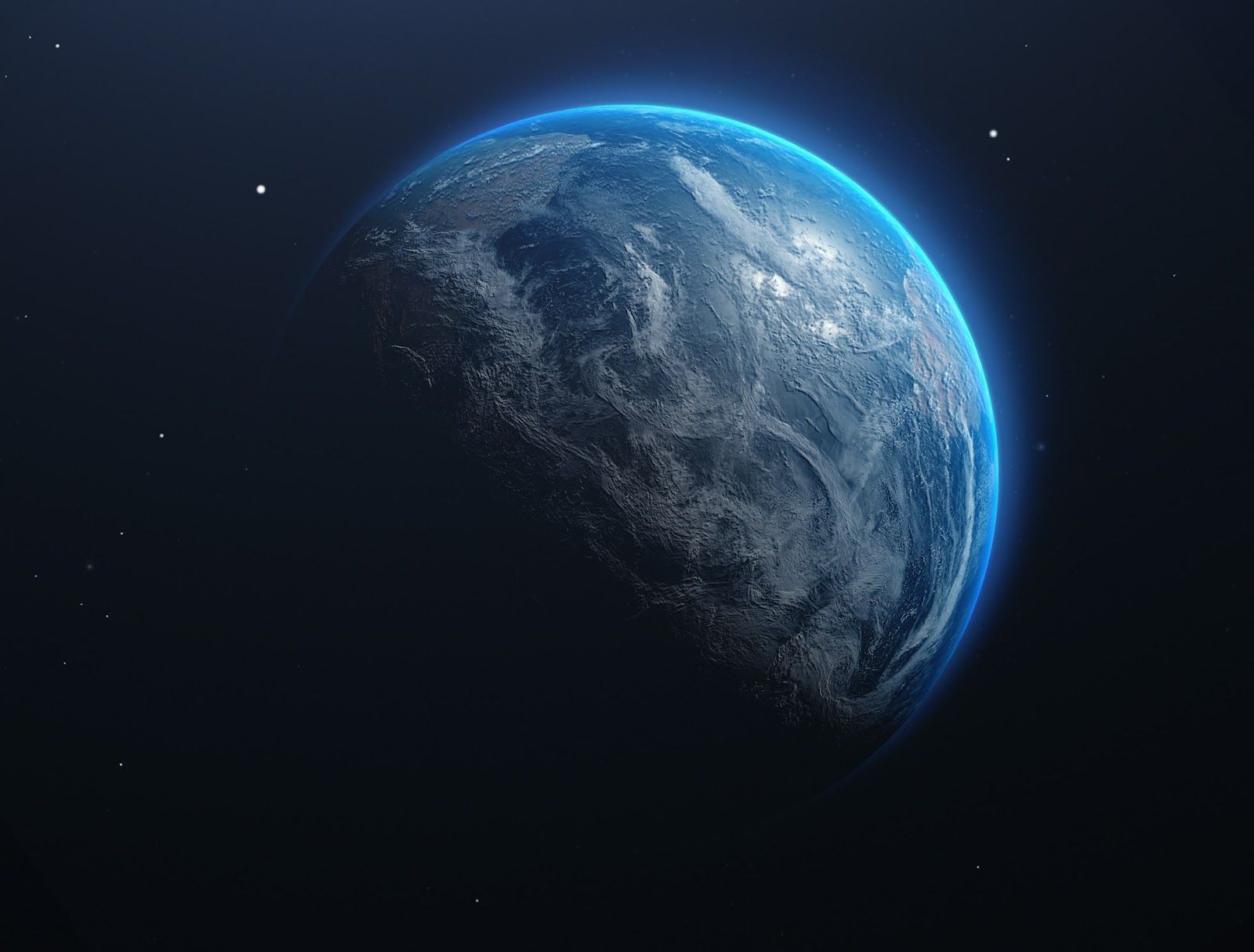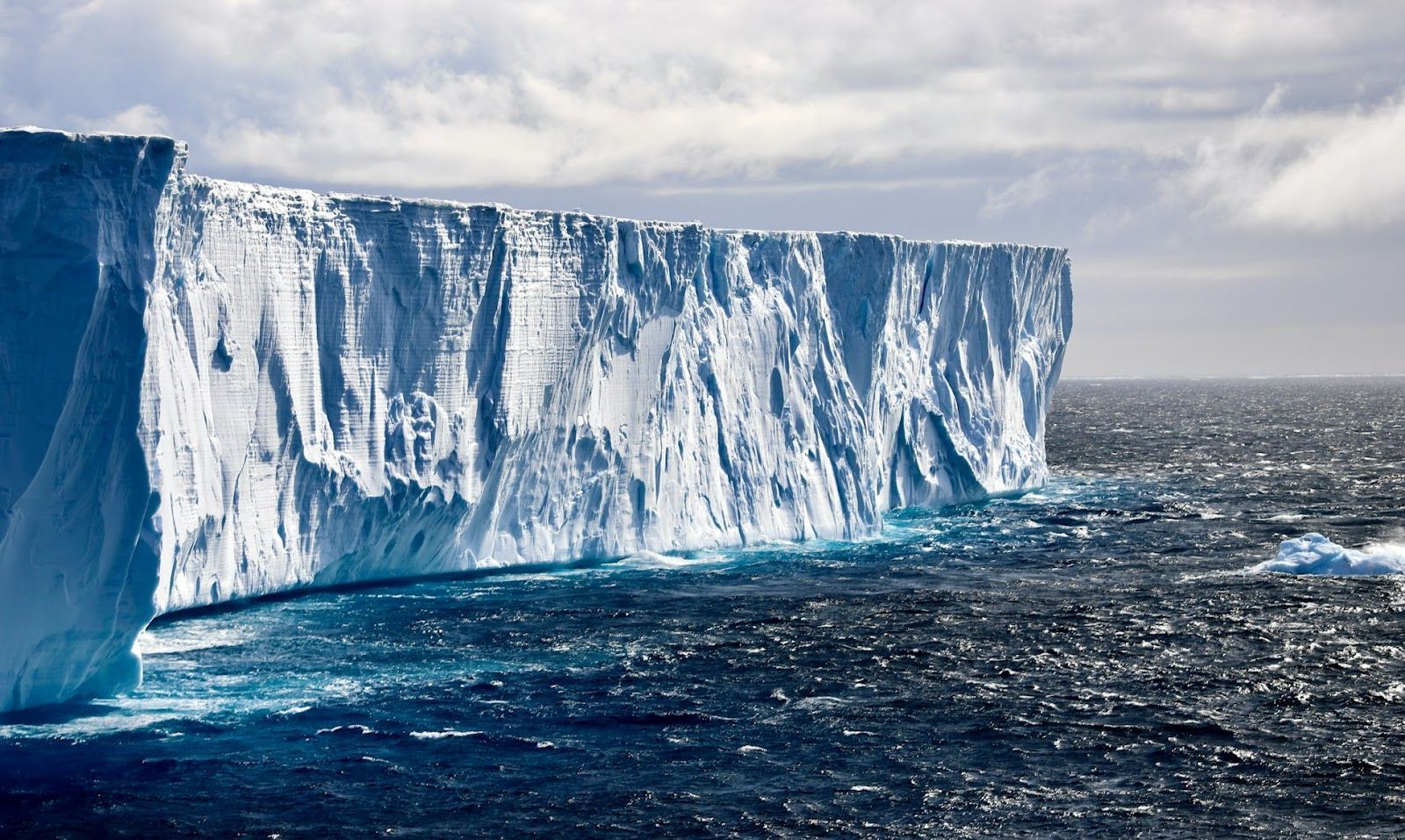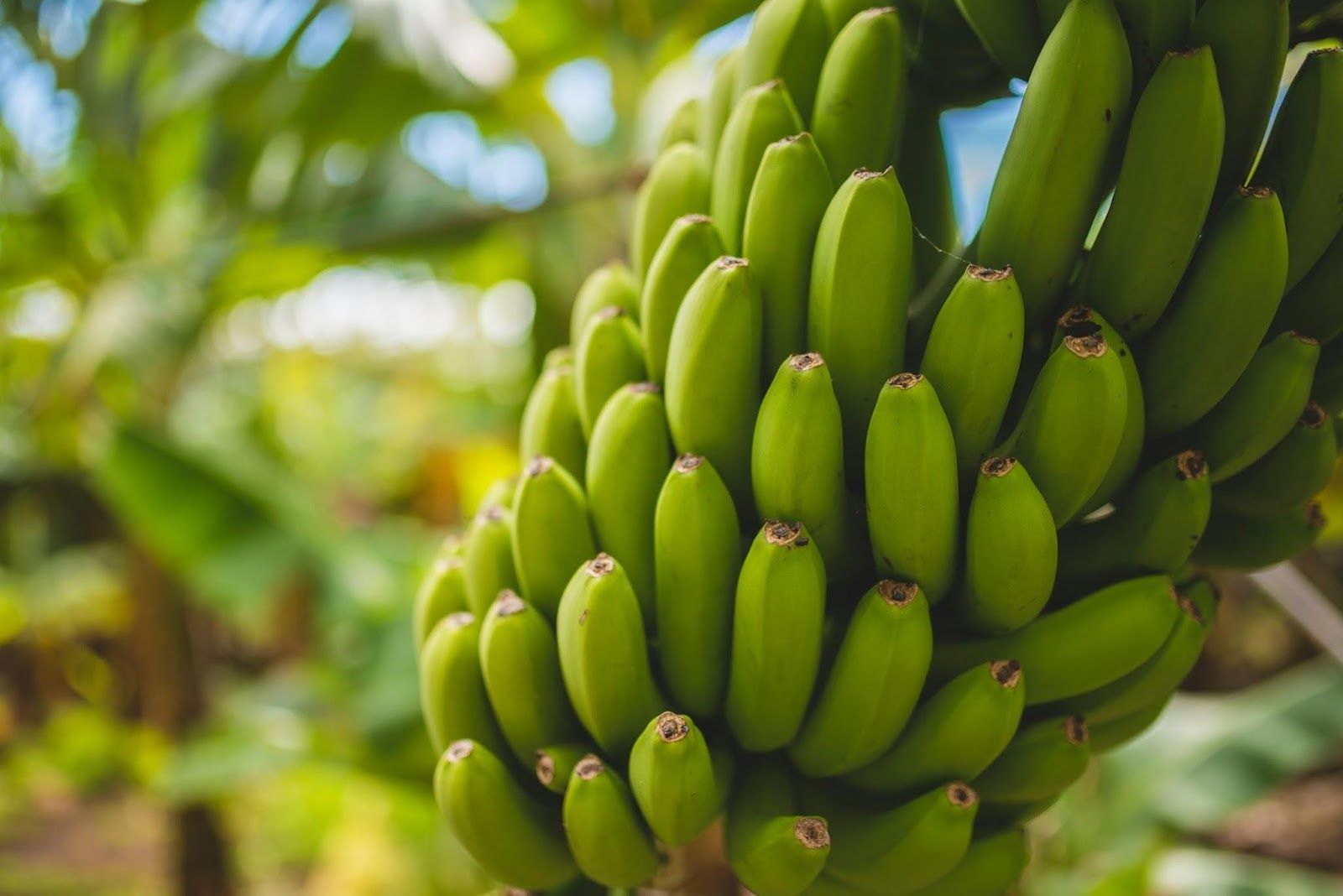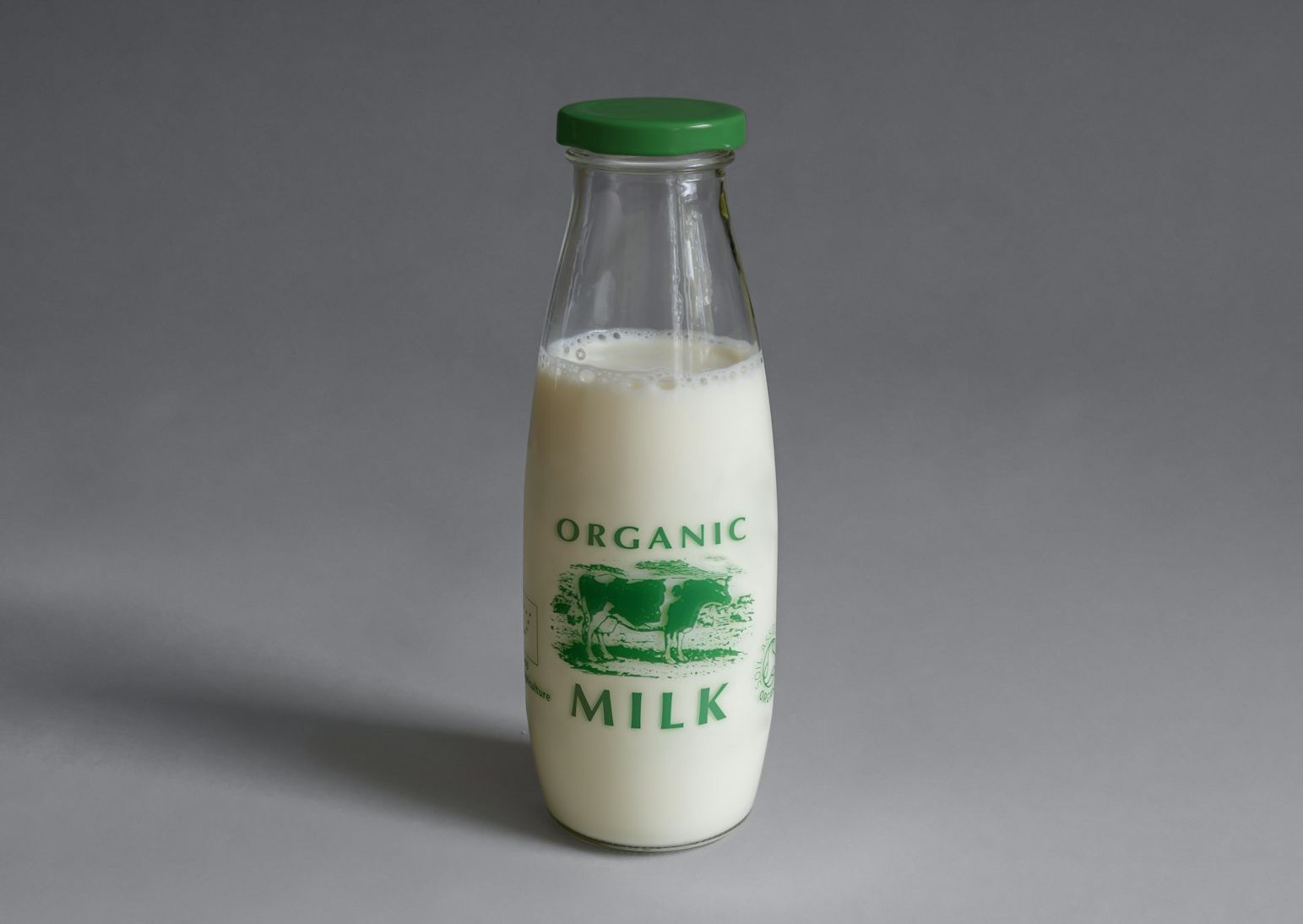Think you know the facts of life? Think again—10 stats that’ll shock you
Published on October 7, 2025
 Credit: Javier Miranda
Credit: Javier Miranda
Ever read a stat and think, there’s no way that’s true? The world runs on numbers, and some statistics are so staggering they demand a second look. From the real scale of population growth over time to our unlikely kinship with bananas, these 10 facts will certainly challenge how you view modern life, the planet, and even time itself.
The Internet weighs about 50 grams
 Credit: Denny Müller
Credit: Denny Müller
You read that right! That’s the estimated mass of all the electrons moving through the internet at any given moment. It’s based on how many electrons are needed to transfer data in modern systems.
Each bit of data is made up of subatomic particles with mass. When you add up all global internet activity, it translates to roughly 50 grams—or the weight of a couple of larger-than-average strawberries.
117 billion humans have walked the Earth
 Credit: RODRIGO GONZALEZ
Credit: RODRIGO GONZALEZ
According to estimates from the Population Reference Bureau, about 117 billion humans have ever lived. That means nearly 93% of all people who’ve ever lived are no longer alive.
Our current 8.1 billion makes up a small slice of history’s total human population. It’s a reminder that most human experiences happened long before us—and modern life is the exception, not the rule.
We create more data every two days than in all of history
 Credit: Darwin Vegher
Credit: Darwin Vegher
According to IBM, every two days, we create more data than from the dawn of civilization to 2003. By 2020, 90% of the world’s data had been created in just the prior two years.
That rate continues to accelerate thanks to smartphones, automated sensors, and social media. We’re now generating 328 million terabytes every day.
Antarctica holds 70% of the world’s fresh water
 Credit: 66 north
Credit: 66 north
Most of the world’s fresh water is locked in ice. The Antarctic ice sheet contains about 26.5 million cubic kilometers of water.
If it all melted, global sea levels would rise by over 200 feet, submerging many major coastal cities.
A Google search uses more power than Apollo 11
 Credit: Firmbee.com
Credit: Firmbee.com
Google’s infrastructure consumes massive energy to deliver instant results. In fact, a single Google search uses more computing power than the entire Apollo 11 mission.
To put it in perspective, the Apollo Guidance Computer ran at just 0.043 MHz, while today’s smartphones are over 100,000 times faster. So, next time you forget the recipe for apple pie, remember: you’re holding the power to reach the Moon in your pocket!
Humans share 60% of their DNA with bananas
 Credit: Monika Guzikowska
Credit: Monika Guzikowska
It’s not as weird as it sounds. All living organisms share the same genetic building blocks, so some overlap is inevitable.
This shared 60% refers to common cellular functions encoded by similar genes. With chimps, for example, we share about 98.8%, but plants still overlap more than you'd expect.
The Sun loses 4 million tons of mass every second
 Credit: Neora Aylon
Credit: Neora Aylon
Through nuclear fusion, the Sun converts mass into energy, losing about 4 million tons every second. This sacrificial process powers the entire solar system.
Even at that rate, the Sun will continue burning for another 5 billion years, illustrating just how massive it is. It’s still crazy to think that all life on Earth is powered by a natural, open-air nuclear reactor.
There are more trees on Earth than stars in the Milky Way
 Credit: Nathan Anderson
Credit: Nathan Anderson
Bet this catches you off guard: NASA estimates there are around 100–400 billion stars in our galaxy. But, surprisingly, trees far outnumber them—Earth has over 3 trillion trees, according to a Yale study.
That’s roughly 422 trees for every person. Yet, deforestation continues at a staggering rate of 15 billion trees per year. Imagine how the night sky would look if 15 billion stars went missing every year.
90% of the ocean remains unexplored
 Credit: Alex Rose
Credit: Alex Rose
Despite covering over 70% of Earth’s surface, most of the ocean hasn’t been mapped or even explored.
The NOAA estimates we’ve only mapped about 25% of the seafloor in detail. In comparison, we’ve mapped the surface of Mars much more thoroughly.
One in every 200 men alive is descended from Genghis Khan
 Credit: Snowscat
Credit: Snowscat
Genghis Khan is believed to have fathered hundreds of children, with estimates suggesting that around 1 in 200 men alive today carry his genetic legacy.
In fact, a genetic study revealed that nearly 0.5% of the world’s male population shares a Y chromosome that traces back to him. His empire, spanning much of Asia and Europe, was built on unprecedented conquest—and even today, his genetic influence can still be felt around the globe.










